New role highlights many SenseHub® Dairy collar benefits
August 14, 2025
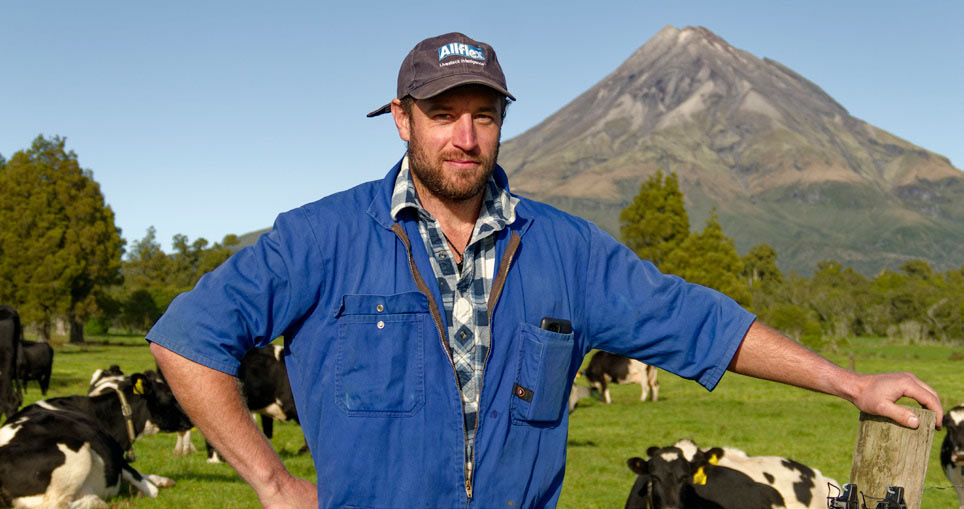
Farmer
Kane Brisco
Location
Tikorangi,
Taranaki
Farm Size
75ha
Herd Size
210 Friesian cows
Milking Platform
Herringbone
Taranaki contract milker Kane Brisco knows he’s playing a waiting game when it comes to installing SenseHub Dairy collars on the herd he milks in his new role.
After two seasons near Inglewood milking a herd of 305 cows fitted with SenseHub Dairy collars and a full-time staff member, the straight-talking farmer and his family moved in June this year to a Herringbone property with limited relief milker support and a collarless herd.
Many factors influenced his decision to shift to a sole-charge role milking 210 cows on a 75ha farm at Tikorangi, 20 minutes north-west of New Plymouth. Its location, the aesthetic appeal of the property and a policy of shifting the herd to once-a-day milking from mid-December were major drawcards.
“It’s a beautiful farm with a really cool environment thanks to a lot of native trees which have been planted over the past 30-40 years. It’s not too far from the beach, it has really good soil and it’s warm here too.”
Kane Brisco
“Being able to shift the herd to once-a-day for half the season was a big attraction for me when we moved here. The nature of the place was also very magnetic for myself and my family.”
“But it’s a one-man operation, with occasional relief milkers, so it means four months of working every day until mid-December when we flick over to once-a-day and the pressure comes off.”
He admits after two seasons of seeing the data-driven insights generated on every cow in the herd in his previous role, he’s missing the power that SenseHub Dairy collars deliver and the opportunity for more regular time off, especially between calving and the end of mating.
“I’ve had the conversation about collars with our owners, and they are definitely interested, but there are some other capital investments to make here before that happens, so it will be a few years away,” Kane says.
SenseHub Dairy is available on subscription with no deposit and no additional hardware installation or setup fees, so farmers can pay the cost as a monthly operational expense rather than paying the full cost upfront.
Subscriptions are becoming more widely accepted across all sectors of business and close to 100% of the SenseHub Dairy collars are now purchased on that basis.
The farm’s Holstein Friesian herd averages about 80,000kg of solids per season with some palm kernel and maize bought in to supplement the cows.
Kane is trying a summer feed crop of turnips for the first time on the property to help cover a possible feed deficit over the late summer when the district regularly becomes dry.
“Turnips have never been done before so I’m hoping they will provide some protection for the cows over that dry period when the hills tend to dry out and the pressure comes on.”
“Having the once-a-day policy in place for half the season just protects the cows and fits with the pasture growth curve too. It also looks after me too.”
The farm’s owners bought the property five years ago, fulfilling a lifelong dream of owning their own dairy unit, and ran it themselves for the previous two seasons. Their experiences over that time led to the change in policy to once-a-day from mid-December.
The owners had also mated about half the herd to sexed semen during the 2023 mating but a low conception rate resulted in only about a third of the cows inseminated producing replacement heifer calves.
The other half of the cows inseminated during the 30 days of artificial breeding received shortgestation Hereford semen before bulls were introduced to follow up.
The lower conception rate extended the calving spread which lowered expected milk production in the early stage of this season and produced less than 40 replacement heifer calves instead of the 70 expected.
“So, that has cost a bit of milk and ther e’s also a risk those later calving cows will be not get back in calf as early as I would like.”
After gaining agreement from the farm’s owners, Kane introduced a significant change to the herd’s artificial breeding policy for the 2024 mating.
He was concerned about the large size and weight of the mature Holstein Friesian cows and the risks of them damaging soils over winter through pugging, plus the time taken to milk the herd through the farm’s aging 22-aside herringbone shed at more like 16-17 cows per row.
No sexed semen was used this time and many of the larger-framed cows were mated to either Jersey or Kiwicross semen. After 30 days of artificial insemination, two teams of three Hereford bulls are being swapped over every two or three days until just before Christmas day.
Kane says the experience at this farm reminded him of the significant heat detection benefits and resulting pregnancy rates that collars can help deliver, especially important when using sexed semen as he did on his previous farm.
In the two seasons with collars on his former property, the herd empty rate was 7% in the first season and 11% in the second.
“I appreciated the results and conception rate we got with sexed semen because of the collars. We were in the low 50s and although I’m used to being in the 60s with conception, it was still acceptable.”
“I said in my interview for this role that I wouldn’t use sexed semen without collars, unless I was really confident in the fertility performance of the cows.”
“The big benefit with collars is you can immediately look on the screen and see her history of heats, and you know when she’s on for mating and that’s really critical when you’re using sexed semen because getting that window right is the key.”
Kane Brisco
Kane says it’s a far cry from his earlier days dairy farming when he always monitored for heats pre-mating for weeks before artificial insemination started, before six weeks of daily inseminations and finally daily monitoring of bull activity for weeks after.
“By the end of all that, you’re sick of it all. The beauty of the collars is they do all that for you.”
“You click on the cow’s history and you can see that she’s up to her third heat so she’s right in the window for sexed semen and there’s no better time than now.”
He admits that only a few farmers bother with pre-mating checks these days, relying on tail painting and ‘scratchies’ to signal heats.
“But without the data and history produced by the collars, it’s harder to know how many cycles a cow has had, how regular it is, and if it is a short cycle or the right one to mate her,” he says.
Collars also mean there’s no guesswork when monitoring cow rumination levels over the winter, now considered a useful guide to feeding levels to set cows up for calving and mating to follow.
Kane says the post-calving milking policy on his current farm was for the herd to remain on once-a-day milking through August before stepping up to twice-a-day in early September.
“But this spring, anything that calved after early September stayed on once-a-day for 10 days, just to give them time to reset and catch up to the rest,” Kane says.
He used Velcro leg bands and spray paint to mark each cow’s rear to identify calving date so he could keep track on timing to move to twice-a-day milking.
“It’s a lot of work versus having collars which tell you when a cow recovers 80% of its normal rumination level which is accepted as the time they are ready to enter the twicea- day herd.”
Cows that have recovered higher rumination levels are also more likely to cycle again, something Kane is very focused on after the extended calving he’s experienced this spring.
“With collars you get used to looking at the data and the numbers to back up what you’re seeing in the cows, so you can pre-empt a lot of things.”
He’s also found that farming without collars means he is making a lot of daily decisions for the herd as a whole, rather than each cow in it.
“That’s something I’ve often reflected on. Collars individualise the cows, versus normal farming where you thinking about one herd, one paddock, one result.”
One benefit from collars he’s missing the most is not having auto-drafting technology in the shed linked to the collar data, especially now he’s milking on his own with only manual drafting.
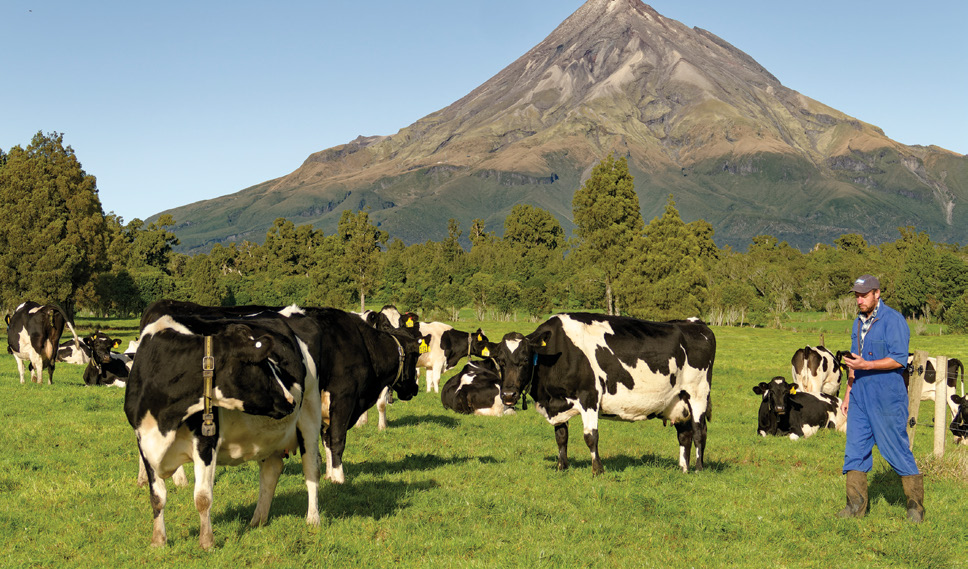
“Collars and the data they produce are like having a stockman looking over every cow which is almost impossible to replicate with people,” he says.
The owners have a plan to invest in the farm infrastructure over the next few years. They installed automatic milk feeding technology for calves in 2022 and are planning to upgrade the dairy shed in the medium term using some second-hand milking plant already purchased.
Kane says the most immediate capital investment will go into purchasing matting for the farm’s concrete feed pad which will allow cows to stay longer off paddocks if required.
Having no cow collars has also meant a move back to managing bulls on the property.
“I have two relief milkers and it’s not ideal having to chase bulls around. I’m really lucky the bulls we have here are calm and they don’t really like coming into the yard.”
“But there’s quite a cost in having bulls on the farm to back up artificial breeding, including the need to replace a strainer or a few posts that seem to get broken by a bull on a wrecking mission each season.”
“It’s a big benefit with collars because there is no need for bulls.”
Kane says collars create the opportunity for regular days off even during the mating period, something he and his family enjoyed at the previous farm.
“There are so many positives to having collars on every cow. Early detection of any problems is an obvious big benefit, and that means peace of mind too which is really important when the pressure is on.”
“You have got to really have some plans to look after yourself, so my aim next season is to have someone coming in 2-3 days a week to help especially over that calving and mating period from August to early September, to just take some heat off,” he says.
Kane says he has seen lots of pressure build in family life because of the stress created over calving and mating time on dairy farms.
“Having the collars just releases a lot of that head space stuff. You don’t need to make a decision because the cows are selected for you and the second guessing every decision you have to make just goes out the window.”
He says the reduction in stress levels from installing collars could be sold to any dairy farmer’s partner anywhere in the country.
“It’s so true, farmers are pretty unhappy, stressed out, and not present at home for several weeks every season.”
sign up or have a chat – leave your details below
Our local Sales Specialist will get in touch soon.
NZ-SHB-241100007

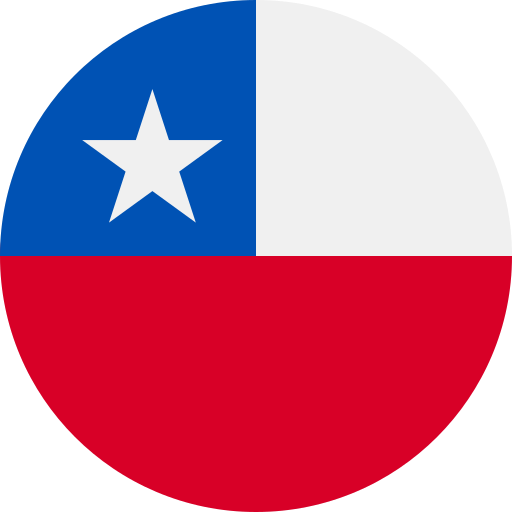 Chile
Chile France
France Germany
Germany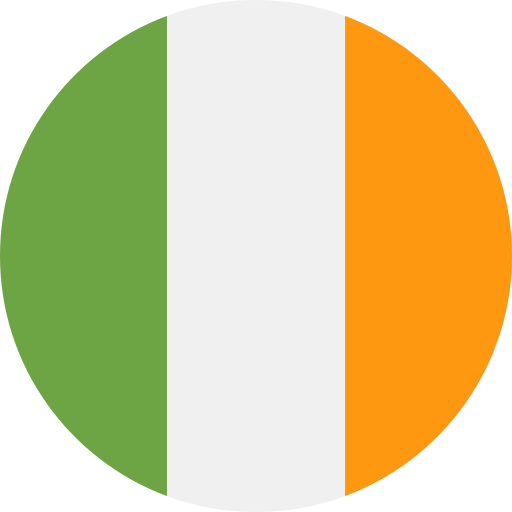 Ireland
Ireland Italy
Italy New Zealand
New Zealand Portugal
Portugal Spain
Spain United Kingdom
United Kingdom Global
Global